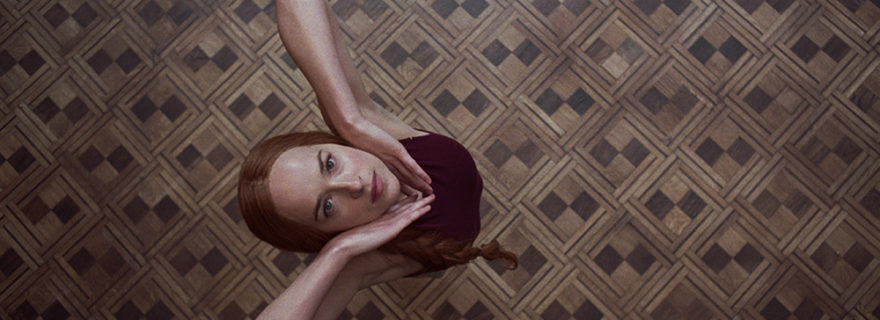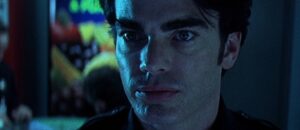Suspiria
Movie Rating:
2.5
Before talking about Luca Guadagnino’s Suspiria redux, we should probably be honest about what made Dario Argento’s original a classic for fans of the horror genre. First, above all, is the music, that incessant prog rock Goblin score that sets the audio mood. Then was the wallpaper and the film’s deliriously over-the-top visual sense. Somewhere pretty far down the list was its narrative, a convoluted tale that mixes haunted house schlock with a dash of the occult.
Guadagnino’s version is in every frame a counter-reaction to Argento’s vision. While the original was bright and gaudy, this one is cool and dank. The rocking score is replaced by melancholic meanderings by Radiohead’s Thom Yorke, mixing folksy wanderings and underdeveloped atmospherics. The narrative, once a relatively taught story told in a brisk 98 minutes, has now ballooned to 152.
It’s still a tale of suspicion and psychoanalysis, witchy covens and wistful dance performances. Screenwriter David Kajganich (TV’s The Terror, Guadagnino’s A Bigger Splash) bloats the storyline to delve into Passolinian political theater, grafting Salo-like ruminations on fascism and the evils of the 1940s. In this telling, the dance school, led by an icy but committed Madame Blanc (Tilda Swinton), oversees the introduction of a newly arrived student, Susie (Dakota Johnson). She takes the place of Patricia (Chloë Grace Moretz) ,who runs maniacally into the offices of therapist Josef Klemperer (a not-so disguised Swinton, despite the exceptional aging makeup).
From there, we’re treated to a twisted plot of betrayal and mayhem, where surreal goings-on are shrugged off with little fanfare. Time after time, events take place that with a modicum of sense would make people stand and take notice, but apparently it takes quite a bit to shock dancers into action.
The film goes on and on, trying desperately to trade mood for impact. The staging is precise if not particularly engaging. It feels like an exercise of a director’s will rather than drawing the audience in. The best sequence, where a dance is crosscut by brutal violence in a mirrored rehearsal room, runs to the point of tedium.
This is endemic for the film as a whole. The movie constantly overstays its welcome just as things seem to be gaining steam. If it could be culled of many of its asides and pretentions, we might have a tight little film that echoes the original while making its own moves. As it stands, however, Suspria suffers from simply being too much – too many characters, too many conflicts, too many times back to the same well over and over without eliciting the intended impact.
Suspiria is a fascinating, flawed feature. It’s indulgence writ large, the clear manifestation of a director who simply wanted more from something he loved. Instead, we’re left with a remake that lumps too much in, and never connects with its lead character nor truly speaks to its audience. Fans of the original may scoff, while new audiences will simply be bored.
Still, under the dour, cloudy imagery is a core that keeps it from being a total dud. Guadagnino brings a modicum of charm and just enough commitment from the performers (particularly Swinton) to keep things flowing.
We’re meant to be intoxicated by the film’s witchy brew, but are instead left with a lukewarm blend of old and new that fails to satisfy, even if it hardly poisons. Surely we wanted more from this film than this middling thing, but maybe Call Me by Your Name set the bar too high. We’re left, as per the Latin meaning of the title, with little more than a resigned sigh at the film’s mix of the poetic and the prosaic.






Csm101
Very clever header. It seems like our coffined lady liked it better than you. This only fuels my curiosity for seeing it.
Jason Gorber
AuthorShe has a name! And that name is “Person who likes SUSPIRIA more than you will”